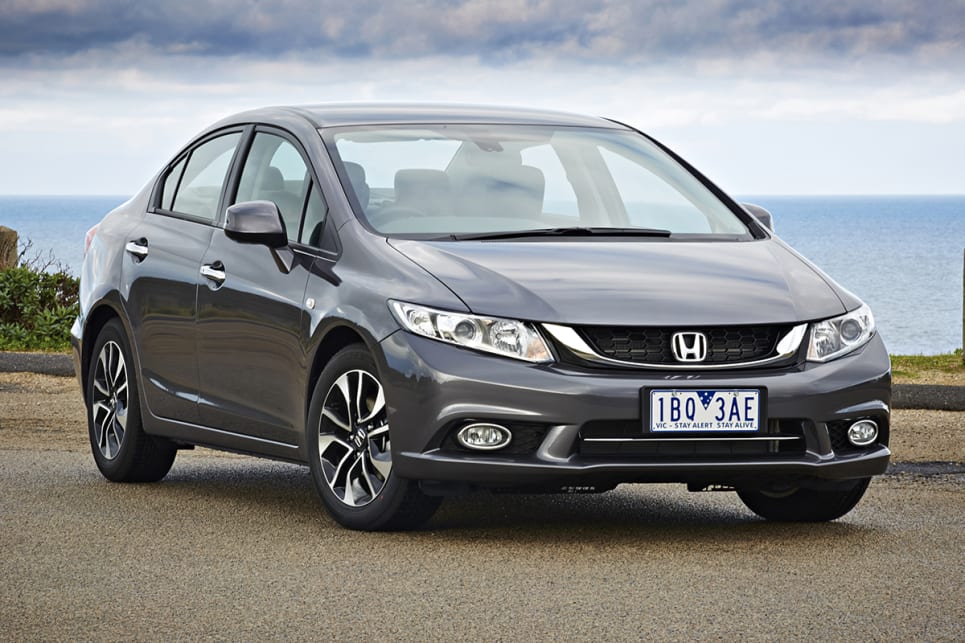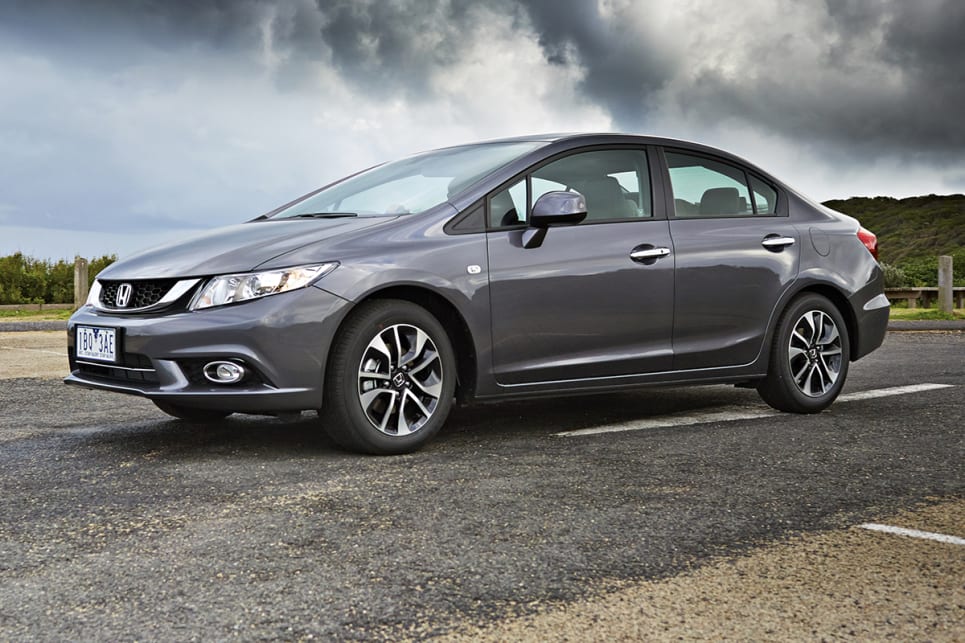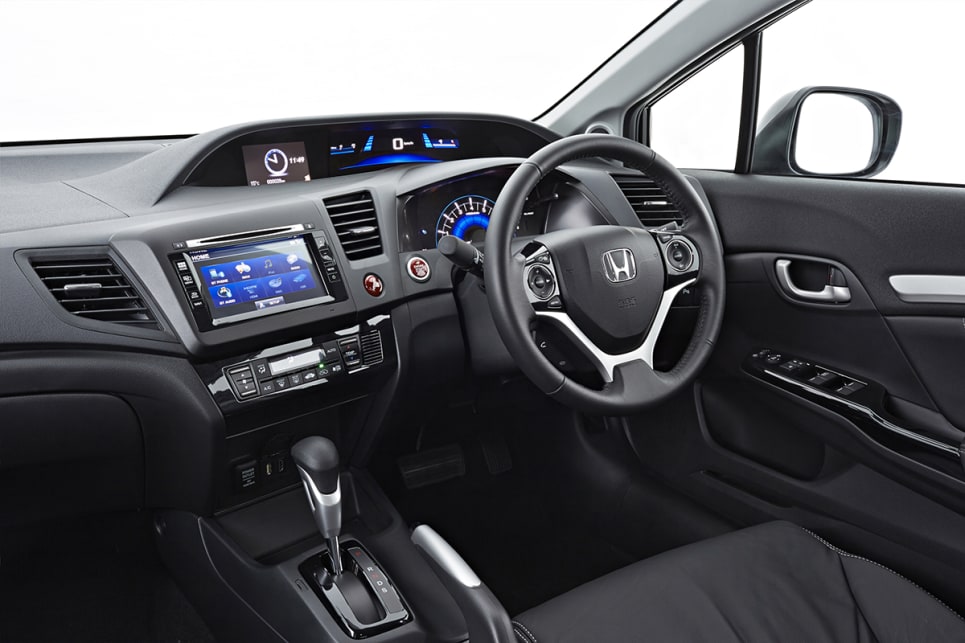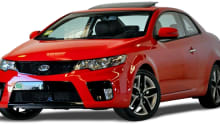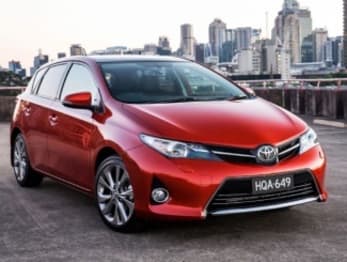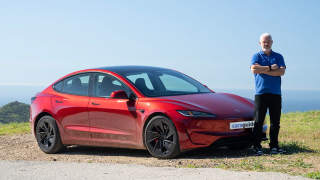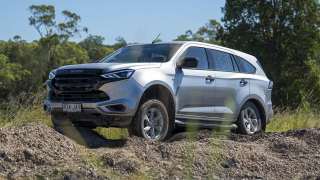
Used Honda Civic review: 2012-2016
- Honda Civic
- Honda Civic 2012
- Honda Civic 2013
- Honda Civic 2014
- Honda Civic 2015
- Honda Civic 2016
- Honda Civic Reviews
- Honda Reviews
- Honda Hatchback Range
- Honda Sedan Range
- Hatchback
- Sedan
- Honda
- Used Car Reviews
- Small Cars
- Buyers Guide
- Green Cars
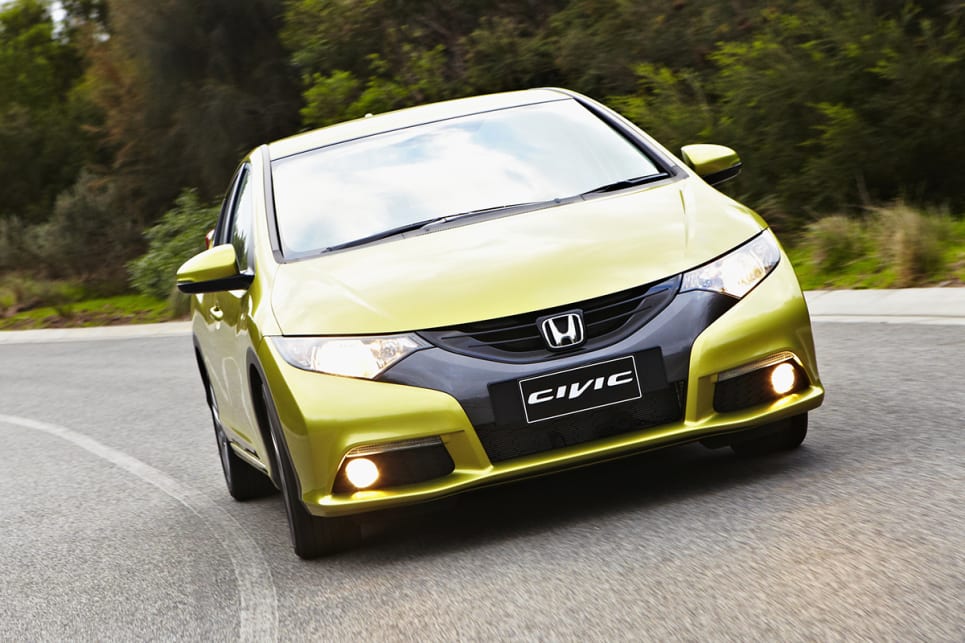
What we like
- Reliability
- Running costs
- ISOFIX restraints
What we don't
- CVT
- Space-saver spare
What we like
- Reliability
- Running costs
- ISOFIX restraints
What we don't
- CVT
- Space-saver spare
Honda has long used its involvement in motorsport to promote an image of prestige, quality, superior technology, and a sporty driving experience in all its models.
Although the Civic was a conventional front-wheel drive small car it was aimed at those who wanted more than mere transport.
The ninth generation version offered a comprehensive range of models, which included a selection of sedans and hatches, petrol and diesel engines, and a petrol-electric hybrid.
Models
Australian-delivered ninth gen cars were predominantly produced in two countries; sedans were made in Thailand, the hatches came from England. At the same time, the Hybrid sedan was built in Japan.
While they were similar and shared many mechanical components, the sedan and hatch shared not one body panel.
When released in 2012 the sedan side of the range featured a selection of models, starting with the VTi at the entry-point, and including the VTi-L, VTi-LN, Sport, and Hybrid.
On the other side, the hatch choices included the VTi-S, VTi-L, VTi-LN, and DTi-S diesel.
The sedan-only VTi came with a 1.8-litre four-cylinder engine, and a choice of automatic transmission or manual gearbox.
In line with Honda’s positioning as a prestige carmaker all models came with plenty of gear.
Even the VTi boasted air-conditioning, four-speaker sound, CD player, MP3, Bluetooth, colour touch screen, cruise control, remote keyless central locking, power mirrors and windows, intermittent wipers, trip computer, adjustable steering column, and cloth trim.
The British-built, hatch-only VTi-S came with a 1.8-litre engine and a choice of an automatic transmission or a manual gearbox.
Its list of standard features included 16-inch alloy wheels, 6-speaker sound system, climate control air-conditioning, reversing camera, a leather steering wheel and gear knob, multi-function steering wheel, tyre pressure sensor, hill holder and rear spoiler.
The VTi-L could be had as a Thai-built sedan or British-built hatch. It came with a 1.8-litre four-cylinder engine and automatic transmission; there was no manual gearbox option available.
Over and above the features of the VTi the VT-L boasted 16-inch alloy wheels, climate-control air-conditioning, and automatic headlights.
Like the VTi-L, the range-topping VTi-LN was also available in the form of a Thai-built sedan or British-built hatch; it too came with a 1.8-litre engine and automatic transmission.
For those wanting to minimise their environmental footprint Honda offered the Japan-built Hybrid sedan.
The Thai-built Sport sedan came with a 2.0-litre engine and paddle shift automatic transmission.
It added leather seats and steering wheel, an electric sunroof, and 17-inch alloy wheels to the list of standard features.
For those wanting to minimise their environmental footprint Honda offered the Japan-built Hybrid sedan.
Power for the Hybrid came from the combination of a 1.5-litre four-cylinder petrol engine and a 17kW electric motor, and was fully featured with everything available in the Civic range, including 15-inch alloy wheels, leather trim and a sunroof.
Equipped as they were with Bluetooth all models provided for the use of an iPhone or Android device.
While the list of standard features was extensive the ninth gen Series II Civic didn’t have a parking assistance system.
In 2014, the Vi replaced the VTi manual at the entry price point of the sedan range.
Also in 2014, to meet the demand for the economy of a diesel engine, the DTi-S hatch was released with a 1.6-litre four-cylinder turbo-diesel engine and six-speed manual gearbox.
In a minor upgrade in 2015 front and rear parking sensors were fitted as standard to the VTi-L and VTi-LN, and were optional on other models.
Cabin
The Civic’s cabin was a pleasant, comfortable place to be, with seating for five.
Those in the front enjoyed comfortable and supportive bucket seats; those in the split-fold rear bench seat sat in decent comfort.
There were cupholders front and rear, hatch passengers also had bottle holders.
Storage was quite generous, with pockets in the doors and the backs of the front seats, and there was a centre console compartment as well.
The boot is a decent 478 litres, and the space-saver cuts down the amount of boot space taken up by the spare tyre. The split-fold rear seat allows larger items to be carried.
Engine
Most models in the 9th Gen Series II range came with a 1.8-litre four-cylinder engine; it was a free-revving engine with double overhead chain-driven camshafts and variable valve timing and lift.
It produced power and torque peaks of 104kW (140 horsepower) and 174Nm respectively, ran on regular 91-octane unleaded petrol, and returned a combined average fuel consumption of 6.7L/100 km.
With its 2.0-litre four-cylinder engine the Sport promised sportier performance.
The double overhead camshaft engine boasted variable valve timing (VVT) and lift, and power and torque peaks of 114kW at 6500 rpm and 190 Nm at 4300 rpm respectively.
Most models, except for the entry-level VTi and Vi, came with a five-speed automatic transmission. The VTi and Vi were the only petrol-engined models that offered a five-speed manual gearbox.
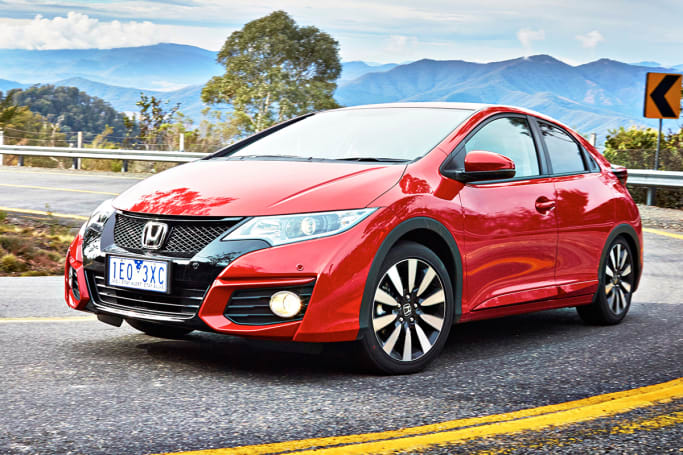
The diesel option was a 1.6-litre double overhead camshaft four-cylinder turbo-intercooled engine that produced 88kW at 4000rpm and 300Nm at 2000rpm.
It was only available with a six-speed manual gearbox.
The Hybrid powertrain was a combination of a 1.5-litre four-cylinder petrol engine, which peaked at 67kW at 5500rpm and 132Nm at 2800rpm, assisted by a 17kW electric motor.
It boasted an idle-stop system, which shut the engine down when the car was stationary and automatically restarted when the brake was released.
Conserved energy was stored in a Lithium-ion battery pack, and the drive was through a CVT auto.
Driving
The Civic’s handling is responsive and accurate; the steering is direct and nicely weighted with good road feedback.
With the suspension tuned to local roads the ride comfort is also good.
Safety
All models in the ninth gen Series II Civic range boasted a comprehensive array of safety features, enough for ANCAP to give it the maximum five-star tick of approval.
Included in the list of passive safety items were lap sash seat belts for all five seats, pretensioners on the front seat belts, in addition to which there were dual front airbags, side head airbags for those in the front and rear seats, and side airbags for those in the front.

The list of active safety features, which included ABS braking, emergency brake assist, EBD, traction control, and ESC, was equally comprehensive.
Lap sash seats belts on all five seats, including the rear seats, allow the fitment of a baby car seat.
ISOFIX baby seat restraints were fitted.
Any Common issues
Owners report experiencing few issues with their ninth gen Series II Civics; most are enjoying a trouble free run with good reliability, even with odometers of the earliest examples closing in on 150,000km.
The engines are proving to be durable, as long as they are serviced as Honda recommends.
They have cam timing chains rather than belts, so there’s no call for regular replacement.
Most Civics are equipped with the five-speed automatic transmission; it’s a conventional automatic and gives little trouble.
Honda introduced capped price servicing in 2013 to put a cap in service costs, which included the Civic.
Honda recommends that the Civic be serviced every six months or 10,000km, whichever comes first.
When new the Civic was covered by a three-year/100,000km warranty, which means that newer cars are covered.
Honda introduced capped price servicing in 2013 to put a cap in service costs, which included the Civic. The scheme covers the first five years or 100,000km, whichever comes first.
Any qualified mechanic can service the Civic, as long as they stick to the Honda recommendations.
The 2012-2016 Civic is not affected by the Takata airbag inflator recall affecting earlier models.
MORE: If anything crops up, you’ll probably find it on our Honda Civic problems page.
Owners views
John Della: We purchased our VTi-L hatch new in 2012. It handles very well, it’s zippy enough for everyday use, and is economical. We’ve never had any trouble with it, it’s been very reliable.
Jody Fry: I find my VTi-LN very good overall. It’s quiet, economical, and the interior is excellent.
Chris McAlpine: As you would expect from a Honda my 2012 VTi-LN drives very well, but it lacks power and responsiveness, and the in-car entertainment system is poor.
Ken Leishman: I bought my VTi-L hatch new in 2015. It is economical, but has power when needed, the handling is great, and it’s roomy. It’s excellent.
Ian McKenzie: The performance of my 2015 Sport sedan is spot on. It’s also economical. It runs like a charm and I’ve never had a problem with it.
Pricing
| Year | Price From | Price To |
|---|---|---|
| 2016 | $11,660 | $26,840 |
| 2015 | $10,340 | $23,430 |
| 2014 | $7,700 | $19,580 |
| 2013 | $7,150 | $15,840 |
| 2012 | $6,160 | $19,800 |
Pricing guides
Range and Specs
| Vehicle | Specs | Price* | |
|---|---|---|---|
| VTi | 1.8L, ULP, 5 SP MAN | $6,160 – 8,690 | 2012 Honda Civic 2012 VTi Pricing and Specs |
| Type R | 2.0L, PULP, 6 SP MAN | $15,400 – 19,800 | 2012 Honda Civic 2012 Type R Pricing and Specs |
| VTi-L | 1.8L, ULP, 5 SP MAN | $7,810 – 11,000 | 2012 Honda Civic 2012 VTi-L Pricing and Specs |
| Sport | 2.0L, ULP, 5 SP AUTO | $8,800 – 12,430 | 2012 Honda Civic 2012 Sport Pricing and Specs |
Other cars to consider
$8,500
Lowest price, based on 98 car listings in the last 6 months




